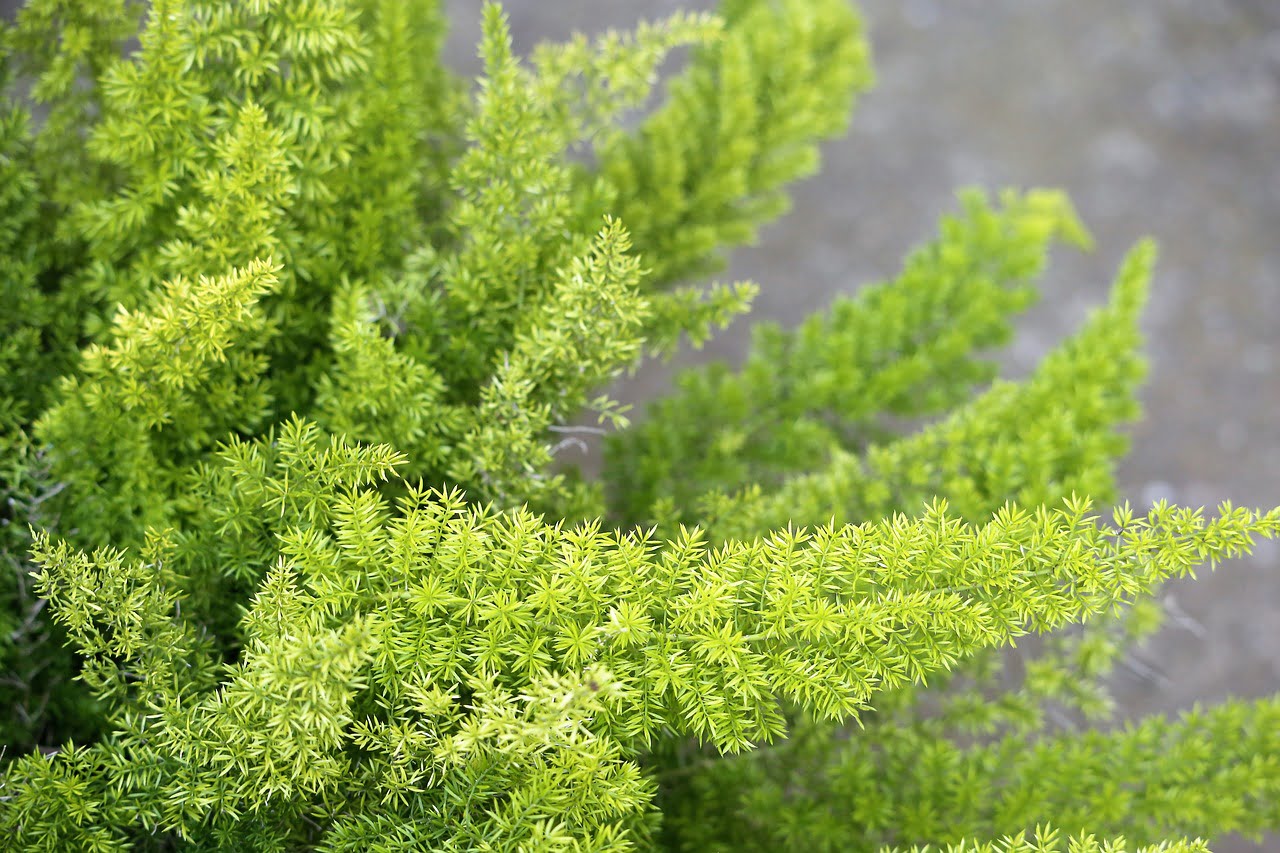
Asparagus Fern and Planting: Greenery That Flourishes
As you explore the world of gardening, you might find yourself drawn to the charming and versatile asparagus fern. This delightful plant is known for its delicate fronds and easygoing nature, making it a popular choice among both novice and experienced gardeners. In this comprehensive guide, we will delve into the art of planting and caring for asparagus ferns, ensuring that you can cultivate lush greenery that thrives in your living space.
Table of Contents
- Introduction to Asparagus Ferns
- Benefits of Growing Asparagus Ferns
- Getting Ready for Planting
- Choosing the Perfect Location
- Soil Requirements and Preparation
- Propagation Methods Demystified
- Planting Your Asparagus Fern
- Watering Techniques for Optimal Growth
- Nurturing Your Fern: Light and Temperature
- Pruning and Trimming Tips
- Dealing with Common Pests and Problems
- Repotting Your Asparagus Fern
- The Charm of Hanging Baskets
- Creative Companion Plants
- Conclusion: A Green Oasis of Tranquility
- FAQs: Your Asparagus Fern Queries Answered
Introduction to Asparagus Ferns
Asparagus ferns, scientifically known as Asparagus aethiopicus, are not true ferns but rather members of the lily family. Their delicate, feathery foliage adds a touch of elegance to any setting, whether indoors or outdoors. With proper care, these ferns can thrive and become a visually appealing and vibrant addition to your garden.
Benefits of Growing Asparagus Ferns
Asparagus ferns bring with them a range of benefits that make them a favored choice for many gardeners. Their cascading foliage lends an aesthetic touch to both hanging baskets and ground plantings. Moreover, they are relatively low-maintenance, making them an excellent option for those new to gardening.
Getting Ready for Planting
Before you embark on the journey of planting your asparagus fern, gather all the necessary tools and materials. You’ll need a pot with drainage holes, well-draining potting mix, water, and your healthy asparagus fern.
Choosing the Perfect Location
Asparagus ferns thrive in bright, indirect light. When choosing a location for your fern, opt for a spot that receives filtered sunlight. This could be near a north-facing window or a space with dappled sunlight in your garden.
Soil Requirements and Preparation
These ferns prefer well-draining soil to prevent waterlogging. You can mix standard potting soil with perlite or sand to improve drainage. Fill your pot about two-thirds full with the prepared mix.
Propagation Methods Demystified
Asparagus ferns can be propagated through division, which involves separating the plant into smaller sections, each with its own root system. This is a cost-effective way to multiply your fern collection.
Planting Your Asparagus Fern
Dig a hole in the prepared soil that’s slightly larger than the root ball of your fern. Gently place the plant in the hole, ensuring that the top of the root ball is level with the soil surface. Fill in with soil, pat down gently, and water thoroughly.
Watering Techniques for Optimal Growth
Maintaining consistent moisture is crucial for the health of your asparagus fern. Water the plant when the top inch of soil feels dry to the touch, but avoid overwatering, which can lead to root rot.
Nurturing Your Fern: Light and Temperature
Place your fern in a location where it receives bright, indirect light. As for temperature, these ferns prefer a range of 60-75°F (15-24°C), making them ideal for indoor environments.
Pruning and Trimming Tips
Regular pruning helps maintain the shape and health of your fern. Trim away any yellowing or dead fronds at the base of the plant to encourage new growth.
Dealing with Common Pests and Problems
Asparagus ferns can sometimes attract pests like aphids or mealybugs. Regularly inspect your plant for any signs of infestation and treat them promptly with natural remedies or insecticidal soap.
Repotting Your Asparagus Fern
As your fern grows, it might outgrow its current pot. Repotting it into a slightly larger container with fresh soil will provide it with the necessary space to flourish.
The Charm of Hanging Baskets
Asparagus ferns are particularly enchanting when placed in hanging baskets. Their lush foliage cascades elegantly, creating a captivating visual display.
Creative Companion Plants
Pair your asparagus fern with other complementary plants to create a visually appealing arrangement. Consider plants with contrasting textures and colors for a vibrant garden oasis.
Conclusion: A Green Oasis of Tranquility
Incorporating asparagus ferns into your gardening endeavors can bring a touch of tranquility and natural beauty to your space. With their lush foliage and ease of care, these ferns offer a simple yet effective way to enhance your surroundings.
FAQs: Your Asparagus Fern Queries Answered
- Q: How often should I water my asparagus fern?
A: Water when the top inch of soil feels dry to the touch, typically every 1-2 weeks. Adjust based on your fern’s specific needs and environmental conditions. - Q: Can I keep my asparagus fern outdoors?
A: Yes, you can. However, ensure it receives indirect sunlight and protect it from harsh weather conditions. - Q: What should I do if my fern’s fronds turn yellow?
A: Yellowing fronds could indicate overwatering or insufficient light. Adjust your watering routine and provide more indirect sunlight. - Q: Can I fertilize my asparagus fern?
A: Yes, you can use a balanced, diluted liquid fertilizer during the growing season (spring and summer) to promote healthy growth. - Q: Are asparagus ferns toxic to pets?
A: Yes, these ferns contain substances that can be mildly toxic to pets if ingested. Keep them out of reach of curious pets.